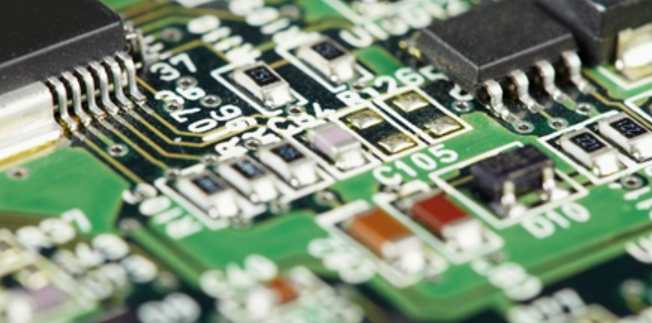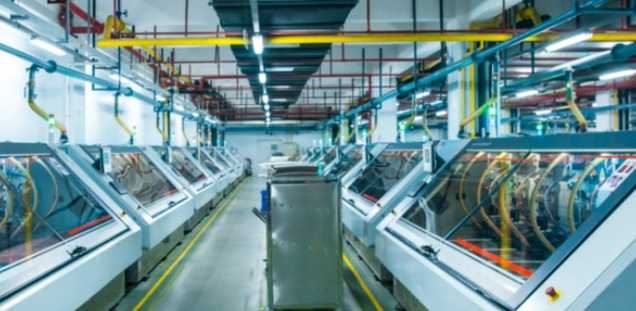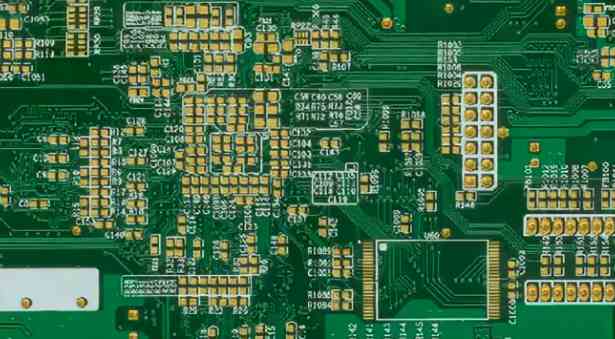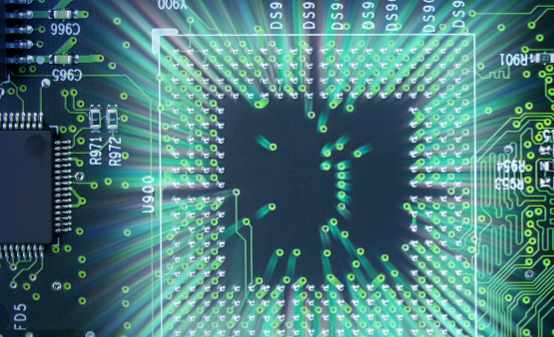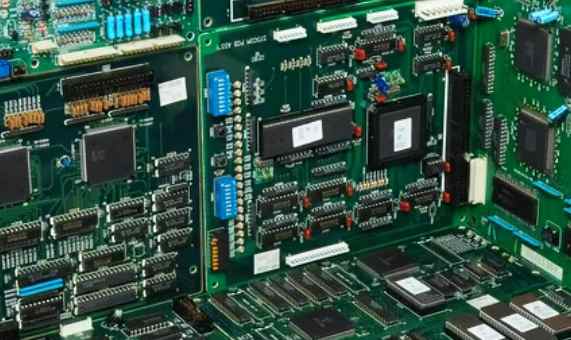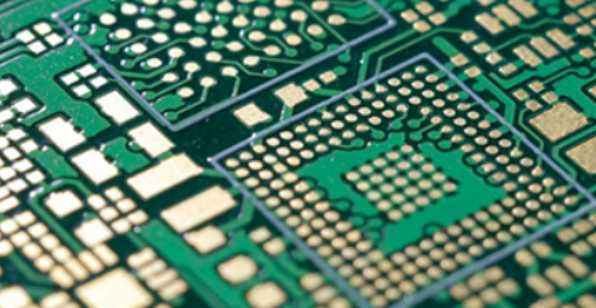
1. Flexural and reliability of flexible circuits
At present, there are four kinds of flexible circuits: single-sided, double-sided, multi-layer flexible plate and rigid flexible plate.
(1) Single-side flexible board is the lowest cost, when the electrical performance requirements are not high printed board. When wiring on one side, one side flexible plate should be used. It has a chemically etched conductive pattern layer, and the conductive pattern layer on the surface of the flexible insulating substrate is calendered copper foil. The insulating substrate may be polyimide, polyethylene terephthalate, arylamide fiber ester and polyvinyl chloride.
(2) Double-sided flexible plate is a conductive pattern etched on both sides of the insulating base film. Metallized holes connect the two sides of the insulating material to form a conductive path to meet the flexural design and use function. The covering film can protect the single and double-sided wire and indicate the position of the element.
(3) Multi-layer flexible plate is the single or double sided flexible circuit of 3 layers or more layers laminated together, through drilling and electroplating to form a metallized hole, forming a conductive path between different layers. In this way, there is no need to use complex welding process. Multilayer circuits have great functional differences in terms of higher reliability, better thermal conductivity and more convenient assembly performance. The interaction of assembly size, number of layers and flexibility should be taken into account when designing layout.
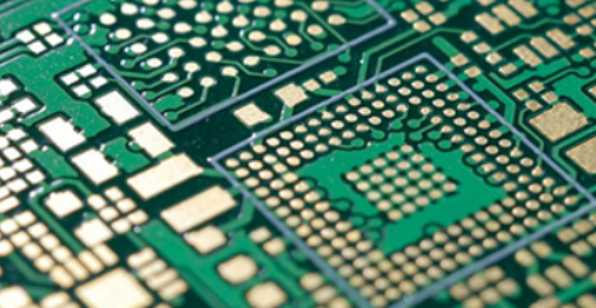
(4) The traditional rigid flexible plate is composed of rigid and flexible substrate pressed together in selective strata. The structure is tight and metallized to form conductive connection. If a printed board has components on both sides, rigid flexible board is a good choice. But if all the components are on one side, it is more economical to use a double-sided flexible plate and layer a FR4 reinforced material on the back.
The flexible circuit of hybrid structure is a kind of multilayer plate, the conductive layer is composed of different metals. An 8-ply board uses FR-4 as the medium for the inner layer and polyimide as the medium for the outer layer, with leads extending from three different directions of the motherboard, each made of a different metal. Copper alloy, copper and gold are used as independent leads. This kind of hybrid structure is the only feasible solution when the relationship between electric signal conversion and heat conversion and electrical properties are harsh.
It can be evaluated by the convenience of the integrated design and the total cost to achieve the best performance-price ratio.
2, the economy of flexible circuit
If the circuit design is relatively simple, the total volume is not large, and the space is suitable, the traditional internal connection way is mostly much cheaper. If the circuit is complex, handles many signals, or has special electrical or mechanical properties, flexible circuits are a good design choice. Flexible assembly is most economical when the size and performance of the application exceed the capability of rigid circuits. A 12mil pad with a 5mil through hole and a 3mil line and spacing flexible circuit can be made on a thin film. Therefore, it is more reliable to mount the chip directly on the film. Because it does not contain flame retardants that may be the source of ion drill contamination. These films may be protective and cure at higher temperatures, resulting in higher glass transition temperatures. Flexible materials save money over rigid materials because they are free of connectors.
The high cost of raw materials is the main reason for the high price of flexible circuits. The price difference of raw materials is large, the cost of the lowest polyester flexible circuit is 1.5 times that of the raw materials used for rigid circuit; High performance polyimide flexible circuits are up to 4 times or more. At the same time, the flexibility of the material makes it difficult to carry out automatic processing in the manufacturing process, which leads to the decrease of production; Defects are likely to occur in the final assembly process, including stripping of flexible accessories and line breakage. This is more likely to happen when the design is not suitable for the application. Under high stresses caused by bending or forming, it is often necessary to choose reinforcing materials or reinforcing materials. Despite the high cost of raw materials, the foldable, bendable and multi-layer panel function reduces the overall component size and materials used, thus reducing the total assembly cost.
The flexible circuit industry is in the midst of a small but rapid growth. Polymer thick film process is an efficient and low-cost production process. The process selectively prints conductive polymer ink on a cheap flexible substrate. Its representative flexible substrate is PET. Polymer thick film conductors include silk screen metal filler or toner filler. The polymer thick film process itself is clean, using lead-free SMT adhesives without etching. Because of the addition process and the low cost of substrate, polymer thick film circuit is 1/10 of the price of copper polyimide film circuit; Is the price of rigid circuit board 1/2 ~ 1/3. The polymer thick film method is particularly suitable for the control panel of the device. In mobile phones and other portable products, the polymer thick film method is suitable for converting components, switches and lighting devices on printed circuit boards into polymer thick film methods. It saves costs and reduces energy consumption.
Generally speaking, flexible circuits do cost more than rigid circuits, higher costs. In many cases, flexible plates have to face the fact that many parameters are outside the tolerance range. The difficulty in making flexible circuits is that the material is flexible.
3. The cost of flexible circuits
Despite these cost factors, the price of flexible assembly is falling and becoming close to that of traditional rigid circuits. The main reasons are the introduction of newer materials, the improvement of production process and the change of structure. The current structure makes the product more thermal stable and there are few material mismatches. Some newer materials have thinner layers of copper that allow for more precise lines, making components lighter and better suited to fit in smaller Spaces. In the past, copper foil was adhered to a medium coated with adhesives by a rolling process. Today, copper foil can be formed directly on the medium without the use of adhesives. These techniques can produce layers of copper several microns thick, resulting in fine lines of 3m. 1 or narrower widths. A flexible circuit with some adhesives removed has flame retardant properties. This accelerates the uL certification process and further reduces costs. Flexible circuit board solder masks and other surface coatings further reduce the cost of flexible assembly.
In the coming years, smaller, more complex, and more expensive to assemble flexible circuits will require more novel methods of assembly and the addition of hybrid flexible circuits. The challenge for the flexible circuit industry is to take advantage of its technological advantages and stay abreast of computers, telecommunications, consumer demand, and dynamic markets. In addition, the flexible circuit will play an important role in the lead-free action.


